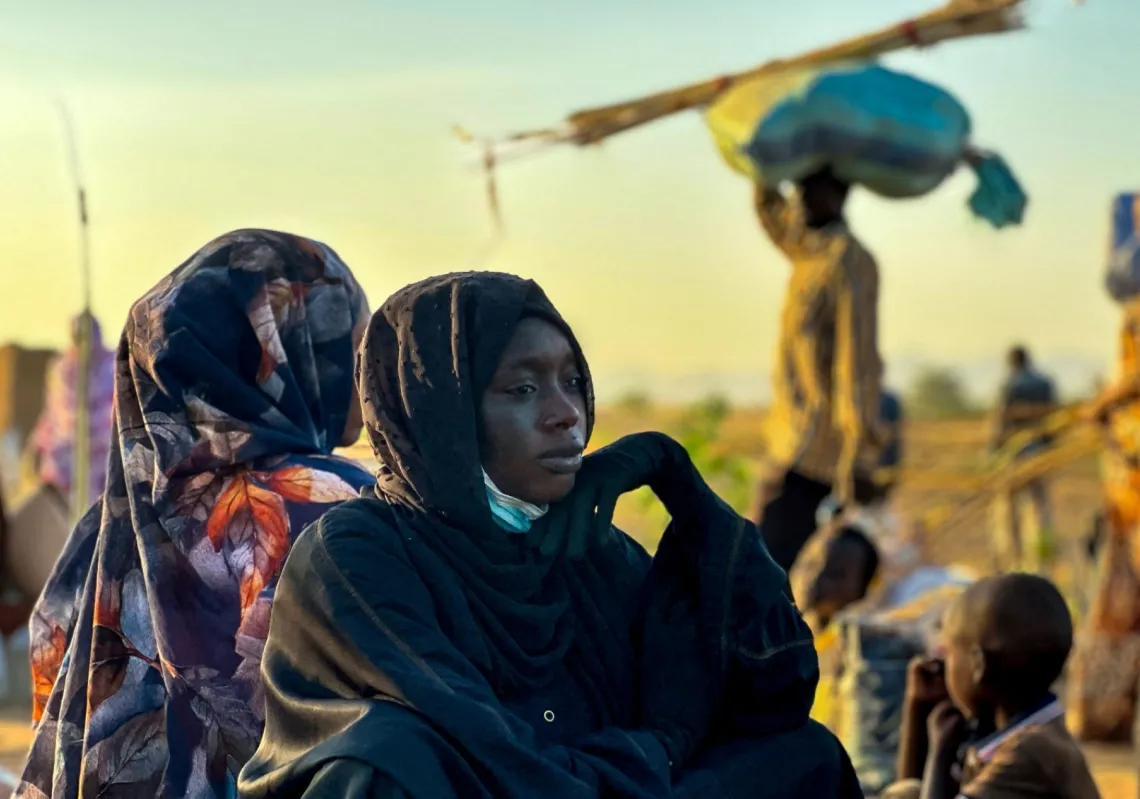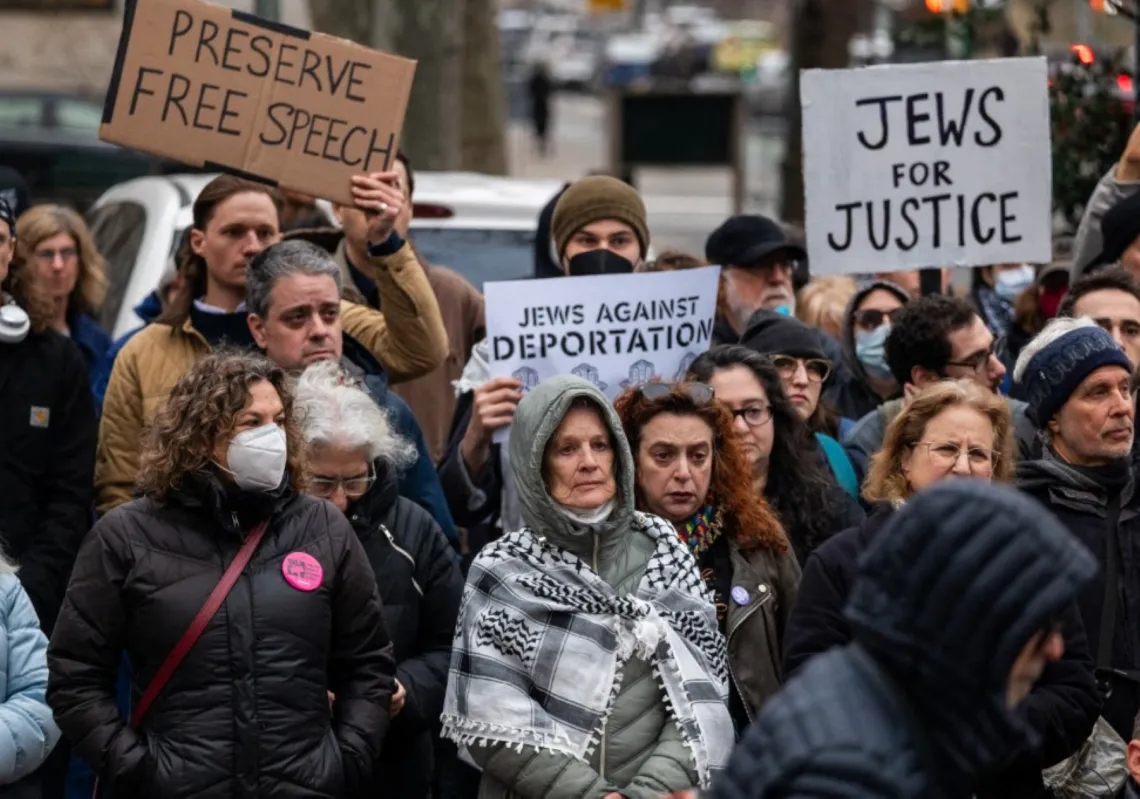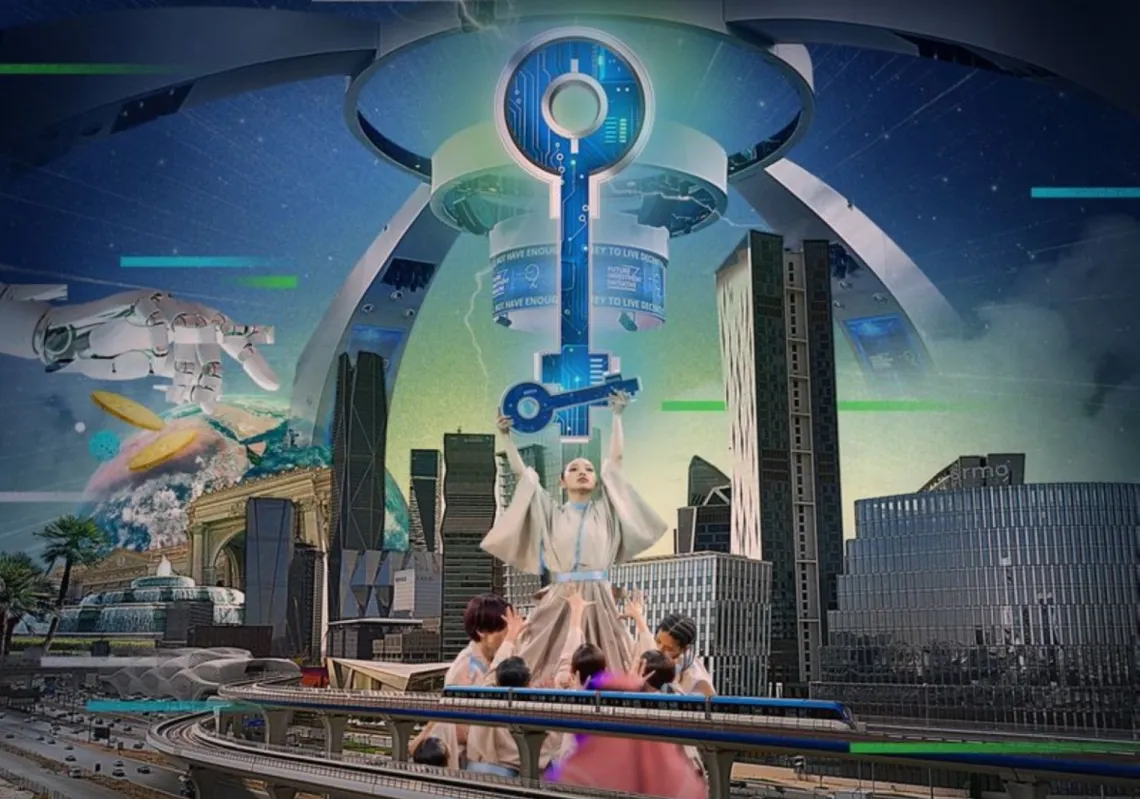Heartened by his former experience in government, Mousavi enters the presidential marathon with a meticulous eye on the internal and regional developments surrounding Iran and the economic and security challenges whose foreseeable repercussions pose a menace to the state.
Those close to Mousavi, who discussed with him the comeback decision, say that Mousavi is no prophet on whom hopes are pinned to redeem Iran out of its current stalemate. For this stalemate is a legacy of decades of accumulating problems, of which the recent four years are just a striking manifestation. Even Mousavi does not see himself as one who can change the course of history since he knows well the chances and limitations of change in Iran.
Being a member of the revolutionary elite and a strong supporter of the regime, he is a loyalist champion of the established institutions of the state, particularly its basic paradigm of the Leadership Authority, regardless of differences over a particular Supreme Leader persona. Consequently, he craves achieving the best possible reforms especially in the economic field, which requires a re-setting of national priorities and a more open-minded worldview based on sympathetic understanding. It also requires daring to confront the ruling, decision-taking elite with the danger spots left behind by the Ahmedi Nijad regime.
Mousavi has kept himself away from the political scene in Iran immediately after the constitutional abrogation in 1989 of the prime minister office and the concentration of the premier executive powers into the hands of the president of the state. This was accompanied by the election of Hashimi Rafsanjani as head of state, having been formerly chosen by the expert council to succeed Ayatullah Al-Khumaini as Supreme Leader following the latter's decease.
A man whose stepping back from public life lasted for 15 years during which he shrank from any public political activity, Mousavi preferred to keep a low media profile, playing only the role of arbitrator in his capacity as a member of the Expediency Discernment Council of the System. He added to this role an advisory one, which he served under President Rafsanjani and Khatami over 18 years. He now holds the post of President of the Iranian Academy of Arts.
At every turning point in Iranian politics, the name of Mousavi jumps to the fore. For example, political circles in Iran saw him in 1997 as the best successor of the grand imam Rafsanjani. However, his candidacy was blocked, obviously due to a direct intervention by the Supreme Leader Ali Khameni, whose relationship with Mousavi has gone through constant tensions since the latter's nomination by the parliament to the prime minister's office against Dr. Ali Welaiati, Khameni's favoured candidate.
He drew attention again in 2005, when the second constitutional period of Khatami ended and many supporters of reforms called for his return to the political life and asked for him to be named as a candidate for leading the reform process initiated by Khatami. However, Mousavi’s absolute refusal to get into the experience and his preference not to intervene but only to observe from a distance, led the currents of the reform movement into the trap of choosing the person around whom different segments of the society aspiring to change gather, causing defeat before Mahmoud Ahmedi Nijad, the candidate of the conservative current in 2005.
Mousavi was born in 1942 in the city of Khamnah, located in north-eastern Iran (southern Azerbaijan). It is also the home town of revolution Supreme Leader Ali Khamenei which adds more sensitivity to the broken ties between the two men. You can imagine what will happen if Mousavi wins the elections in Khamnah, close to the region's capital Tabriz against the conservatives' candidate, who is automatically supported by the supreme leader.
It would be a repeated scenario of what happened in 1997 when Khatami won more than 80% of the vote, the same vote which former Iranian leader Ayatullah Al-Khumaini, Ali Khameni and top political leaders did not miss. The country's leaders were presumed to vote in favour of Ali Nateq Nouri, backed by the supreme leader against Khatami, a former culture minister at the time.
A powerful electoral block could be formed in favour of Muosavi from Khamnah to Tabriz and all parts of northern Iran against Ahmadi Najad, whose economic and service policies have led to deprive those cold regions from gas during winter in 2007/2008.
The population there had to use wood for heating, which indicates wide public resentment in those areas against service failure of Najad's government. In addition to that, regional separatist movements became active in the area, calling for reuniting the two sides of Azerbaijan.
Muosavi arrived in Tehran in the first half of the 1960s, joining the Department of Architectural Engineering and City Building at Tehran University. He graduated in 1970 as an architectural engineer. Muosavi started his first political and revolutionary activities at university against the reign of Shah, leading to his arrest in 1974.
During his time in Tehran, student movements and campus activities founded direct political work for Mir Hassan Mousavi. It culminated when he established the Iranian Islamist Movement in the second half of the 1970s. He was a regular visitor to Hassinia Ershad and was affected by lectures of Mutahari and Shareati, thus becoming very close to the ideas and thesis of Ayatollah Al-Khumaini and his calls to overthrow the rule of Mohammad Rezā Pahlavi.
With the revolution emerging victorious in 1979, Mousavi joined the Islamic Republican Party under the leadership of Ayatollah Bahashti, one of the senior leaders of the revolution. Bahashti made him editor-in-chief of the party's newspaper "The Republican Islamic". After that he became head of the political office of the Republican Islamic Party in the same year, to become one of the senior figures in the revolution leadership and state construction.
The year 1980 witnessed the most conspicuous transition in the political life of Mousavi. In this year, Mohammed Ali Rajae, the prime minister under the reign of Abi Al-Hassan Beni Sader, the first president of the Islamic Republic of Iran, selected Mousavi as a foreign minister. After Rajae had been inaugurated as President of Iran, Mohammed Jawad Bahwanz, the prime minister retained Mousavi in his office as a foreign minister. He continued assuming this office until the inauguration of Ali Khamenae as President of Iran who nominated Mousavi as the prime minister on 31/10/1981. Mousavi remained in this office for eight years when the office was nullified.
Having been nominated as the prime minister, Mir Hossein Mousavi became a main partner in decision making. The powers he commanded upon assuming his new office enabled him to control the executive system and turned him from a representative of the President of Iran before the government into a real head responsible for managing the governmental work. These powers introduced him as a strong and strict manager who proved competent and efficient in running the state executive system in the most difficult stage in history of Iran during the eight years of war. Thanks to Mousavi, as a lot of Iranians think, many economic crises and financial collapses were avoided under the circumstances of war, pressures of sanctions and international siege.
The exceptional circumstances provided him with the chance to prove himself, he introduced himself as an excellent statesman. Years of war were the real gauge for him. He managed to win support from the poor people, the middle class and the army leaders who considered him the safety valve of continued support for the fighting front. In this way he became much closer to Ayatollah Al-Khumaini, the late revolution leader who directly intervened in 1985 to re-nominate Mousavi as prime minister in the second round of Ali Khameni's presidency, who tried at the time to avoid re-nomination of Mousavi who controlled the state whole executive system with his strong and strict character and through his solid will. This led President Ali Khameni to marginalize him causing a tense relationship between the two men up till now.
This also poses direct questions about how the two men – Mir Hossein Mousavi and Ali Khameni – could live in peace with each other – in case the former is nominated as President of Iran. In a lecture given by him in Tehran University before thousands of students, referring to the opinion gap between Khameni and Mousavi especially on foreign affairs, Mousavi criticized the way in which Iran handles its foreign affairs at the expense of the national benefit of the country. Mousavi openly criticized the way in which Iran handles issues of Lebanon and Palestine. He said, "We are allowed to care about the pride of Palestine and Hezbollah in Lebanon, and prevented from caring about our people's dignity and pride. This leads us, Iranians, to feel a kind of contrast between our country's pride and Palestine and Lebanon's pride".
According to individuals close to Mir Hossein Mousavi, who attended the meeting which brought him together with supreme leader Ali Khameni, Mousavi refused the supreme leader's request that Mousavi withdraw his own nomination in favor of Ahmei Nejad, attributing his refusal to the failed internal policies of Ahmedi Nejad and his executive team, and to the intransigent foreign policies which has led to the seclusion of Iran. Some see this as evidence of a difficulty in mutual understanding between two people in a position of responsibility.
However, some find that co-existence between the two is possible, given the pragmatic and larger-than-life personality of the supreme leader, and his willingness to accept the status quo in response to the people's choice.
As for the adamant Mousavi, he has the ability to overcome the personal crisis between him and Mr. Khameni, due to the constitutional position of Mr. Khameni, and the ethical commitment of Mousavi and his respect of the constitution and the revolutionary principles. He deals with Mr. Khameni from his own position, unwilling to go into a confrontation which might distract him from achieving his goals, and might increase the volume of obstacles which will probably be thrown in his way, if he should win, by the financial and political decision- making centres. These bodies will try to hang on to their privileges, especially the economic ones, and to defend them at any price.
In general, observers of the Iranian affair tend to believe that the fact that Mir Hossein Mousavi changed his position from reluctance to run for elections, at a time when he was under pressure by Khatimi and the reformists to nominate himself instead of Khatimi himself, to a new stance where he is now keen to run for elections, shrouds the whole affair in mystery. This is particularly so given that Mousavi answered in the negative to a question from some reformists who asked him about his intention to enter the battle, to his insistence and his refusal of Khameni's request for him to withdraw. Is he penetrating the conservative line, or the reformist line, as some conservatives say?
At any rate, the forthcoming events will answer this question, and put us in front of potential changes in Iran, whether the supposedly successful Mousavi is in the middle or closer to this or that side. But if he doesn't win, the conservative tide will assume deeper roots in the regional, economic, and developmental soil, accompanied by limited changes in form and content that go hand in hand with the changes in the Obama discourse towards Tehran, and the rather flexible and mysterious responses of Tehran.








